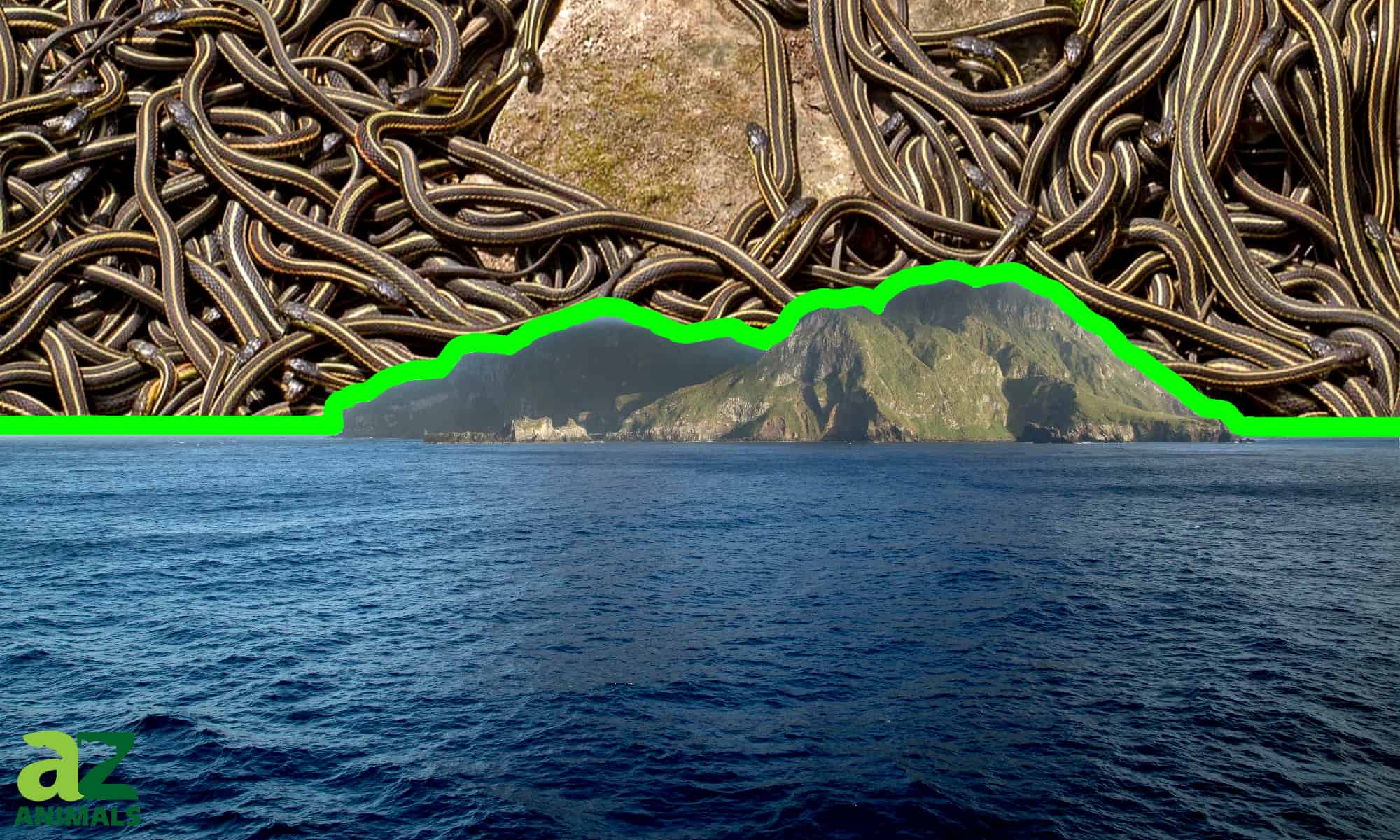The Perilous Mystique of Snake Island: Nature’s Lethal Haven
Discover Snake Island, a deadly island home to the venomous Golden Lancehead, one of the world’s most dangerous places, with rich history and ecological significance.
The Origins of Snake Island and Its Deadly Inhabitants
Snake Island, or Ilha da Queimada Grande, is located off the coast of Brazil and is widely regarded as one of the world’s most dangerous islands. Its isolation from the mainland has fostered an environment where unique species thrive, notably the deadly Golden Lancehead Pit Viper, making it a perilous location for humans.
This small island, just 106 acres in size, is believed to have become separated from mainland Brazil some 11,000 years ago. The lack of predators and prey variety on the island forced the Golden Lancehead Vipers to evolve a highly potent venom, which can cause rapid tissue damage and death in their prey—typically birds.
“The venom of the Golden Lancehead Pit Viper is three to five times more potent than that of mainland snakes” — Wikipedia
Locals and sailors have long shared terrifying tales about Snake Island’s deadly inhabitants, contributing to its infamous reputation. Some claim that the island was cursed, while others speak of treasure-hunting expeditions that ended in tragedy.
Why No Humans Live on Snake Island
Given the overwhelming danger, it’s no surprise that no humans permanently inhabit Snake Island. The Brazilian government has prohibited the public from visiting the island due to the threat posed by the thousands of Golden Lancehead Vipers. The risk is so high that even researchers and scientists require special permits and protective gear to venture onto the island.
There have been several attempts at human habitation, including a lighthouse keeper and his family in the early 20th century. Unfortunately, these efforts ended tragically, with fatal snakebites leading to the island being entirely abandoned by permanent human residents.
Reasons for human absence include:
- Extreme danger from snake bites
- Lack of resources like fresh water
- Government-enforced prohibitions for safety and conservation
The island remains largely untouched by human activity, making it one of the most unique ecological preserves in the world.
The Role of the Brazilian Navy in Protecting Snake Island
Snake Island is heavily protected by the Brazilian Navy, which enforces strict regulations to maintain the island’s delicate ecosystem. The island’s only structure, a lighthouse, is now automated and maintained remotely to prevent human exposure to its hazardous conditions. The Brazilian government’s legal restrictions have ensured the island remains free of invasive species or undue human impact.
Any unauthorized attempts to land on Snake Island are strictly forbidden. Military patrols ensure that the island is not disturbed, particularly by illegal wildlife trade or curious adventurers.
Brazil’s environmental protection efforts focus on:
- Preserving the Golden Lancehead Pit Viper’s habitat
- Protecting the island from poachers
- Ensuring that the ecosystem remains undisturbed by tourism or illegal activities
The Navy’s role is crucial in preventing any attempts at human interference with the island’s natural environment.
Snake Island’s Fascinating Place in Pop Culture

Over the years, Snake Island has gained a place in popular culture, often portrayed as a mysterious and deadly location. It has been featured in several documentaries and survival shows, where experts emphasize its danger and ecological importance. Programs such as Discovery Channel’s “Venom Hunters” and National Geographic’s specials on deadly snakes have drawn global attention to the island.
The myth and allure of Snake Island have captured the imagination of filmmakers and writers, who have depicted it as a terrifying yet fascinating place. The combination of isolation, danger, and natural beauty makes Snake Island a unique and enduring symbol of nature’s raw power.
The Deadly Ecosystem: How Golden Lanceheads Dominate Snake Island
The Golden Lancehead Pit Vipers have developed unique adaptations over millennia. With no ground-based prey and limited resources, they evolved to hunt birds that frequently visit the island. Their extraordinarily potent venom ensures that prey is quickly incapacitated before it can escape.
Some key aspects of their dominance on the island include:
- Dietary evolution: Birds became their primary prey, adapting to catch them mid-flight.
- Venom potency: Their venom is not only fatal to prey but is also being studied for potential medicinal benefits, such as treatments for heart disease and blood clots.
“The venom of these snakes is a potential source for medical research, especially in areas like cardiac health” — National Geographic
The delicate balance of Snake Island’s ecosystem revolves around the Lanceheads, which maintain the island’s ecological hierarchy.
Future of Snake Island: Conservation and Ecotourism
The future of Snake Island is a topic of great debate. Conservationists emphasize the importance of protecting the Golden Lancehead Pit Viper and preserving the unique ecosystem of the island. Brazil’s efforts to protect the island have been successful thus far, but as interest in ecotourism grows, there is concern that increasing human activity could disrupt the island’s fragile environment.
While some argue that controlled ecotourism could generate revenue for conservation, the risks involved are considerable. There’s also the question of whether it’s ethical to disturb such a lethal and isolated environment for tourism purposes.
Brazil is likely to continue its strict protection of the island, prioritizing conservation over any commercial use.
The Global Fascination with the World’s Most Dangerous Island
Why does Snake Island continue to captivate public attention? The combination of extreme danger, isolation, and natural beauty creates an irresistible mystique. Few places on Earth are so perilous yet so important ecologically. It serves as a reminder of how lethal and uncontrollable nature can be.
Snake Island’s enduring legacy in the natural world is its unique ecosystem, where the deadly Golden Lancehead Pit Viper rules. As one of the most dangerous places on Earth, it serves as a cautionary tale about the fine balance between conservation and human curiosity.
The mystique surrounding Snake Island makes it a symbol of untamed wilderness—an iconic representation of nature’s power and danger.
FAQs:
- Why is Snake Island considered the most dangerous place on Earth? Snake Island is home to thousands of deadly Golden Lancehead Vipers, whose venom is extremely lethal to humans.
- Can tourists visit Snake Island? No, the Brazilian government prohibits public access to protect both the snakes and potential visitors.
- Why did humans try to live on Snake Island? There were attempts to establish a lighthouse on the island, but the high risk of snake bites led to abandonment.
- What role does the Brazilian Navy play in Snake Island’s protection? The Brazilian Navy enforces strict legal protections, ensuring no unauthorized visitors disturb the island’s ecosystem.
- Is there any way to visit Snake Island? Only specially authorized scientific researchers and military personnel are allowed to visit Snake Island.
References:
https://www.historydefined.net
https://en.wikipedia.org/wiki/Ilha_da_Queimada_Grande






